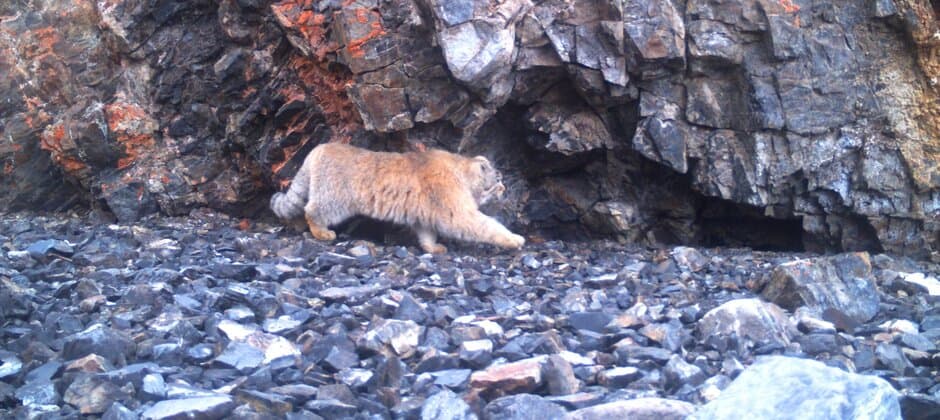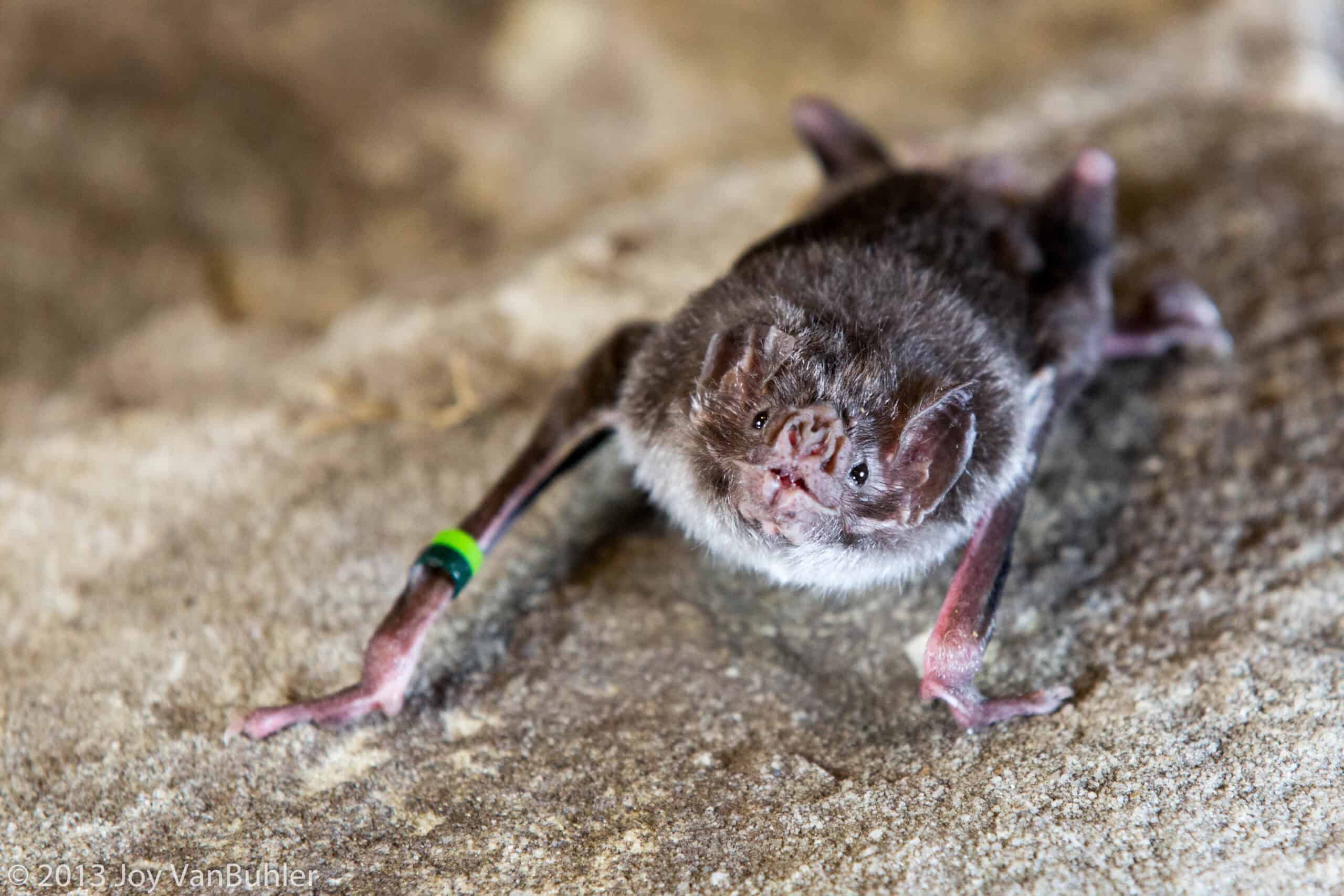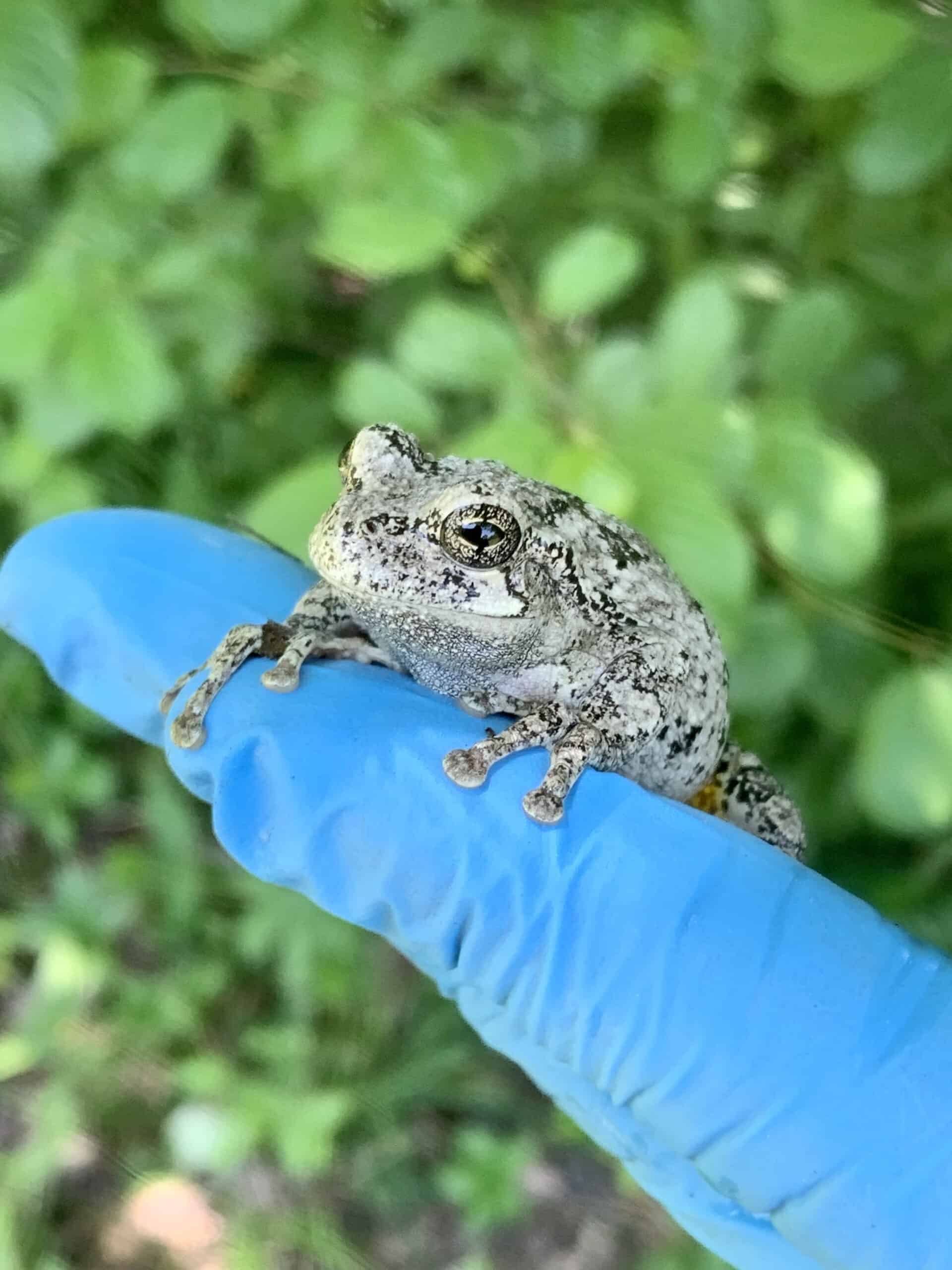Share this article
JWM: Livestock may drive down Pallas’s cat numbers in Mongolia
Pallas’s cats are about the size of house cats, only furrier and with rounder bodies. Their eyes have rounded pupils, while all other cats are known for their characteristic vertical ones.
“[The Pallas’s cat] is really special,” said Ilaria Greco, a PhD student at the University of Florence in Italy.
These small wild felines roam the steppes of Mongolia, sharing some of their range with their much more elusive, yet more well-known cousin, the snow leopard.
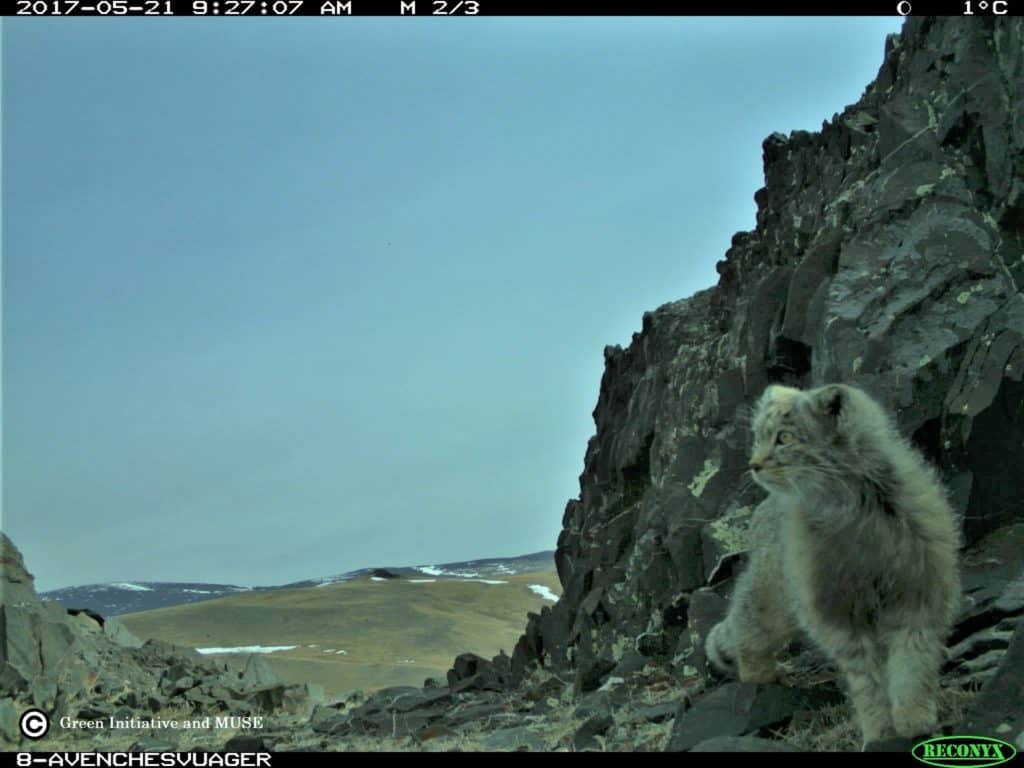
Pallas’s cats are a little bigger than a house cat, and a little furrier.
Credit: University of Florence/Museo delle scienze di Trento/Wildlife Initiative
Greco and her colleagues were tracking snow leopards (Panthera uncia) using trail cameras when they were surprised by the number of Pallas’s cats (Otocolobus manul) showing up in the images they collected. In a study published recently in the Journal of Wildlife Management, Greco and her colleagues analyzed the photos of the smaller cats from these trail cameras.
“[The Pallas’s cat is] really peculiar, and because it lives in really remote areas, it’s basically unknown,” Greco said. Pallas’s cats are considered of least concern by the International Union for Conservation of Nature, but their populations are declining. “Knowledge of this species is pretty scant,” Greco said.
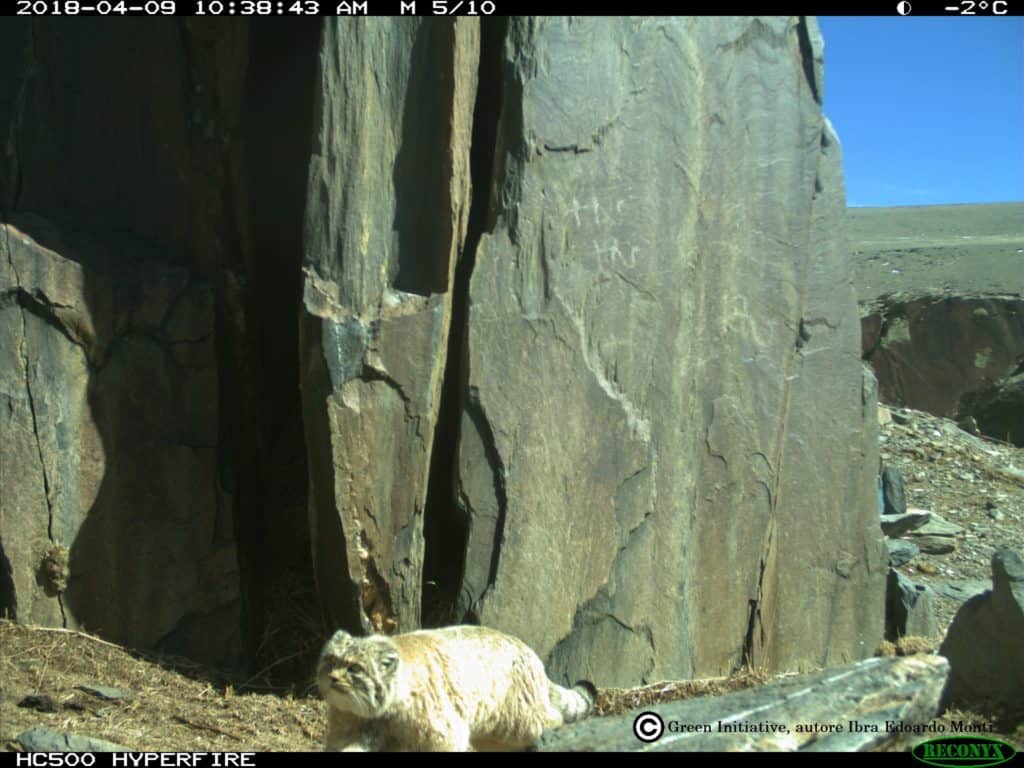
Pallas’s cats live in many of the same areas as snow leopards.
Credit: University of Florence/Museo delle scienze di Trento/Wildlife Initiative
Greco and her team set out trail cameras in four areas of western Mongolia in 2015, 2017, 2018 and 2019—a different place in each of those years. Two of these areas were protected—one was strictly protected with special regulations that limits grazing and another only recently received protection from the Mongolian government.
The researchers captured a disproportionately high number of photos of livestock like horses, cows, camels, goats and sheep, even in areas that were supposedly protected from grazing livestock. Livestock numbers have increased in the last 20 years due to an increased global demand for cashmere wool, Greco said.
But the researchers also detected 107 Pallas’s cats. While many of the cat sightings occurred in the same areas where the livestock were found, Greco said that the cats and domestic animals—especially goats and sheep—rarely showed up at the same time as the felines avoid the livestock.
The reason for this, Greco said, is likely because massive herds of sheep and goats can disturb the felines. They can also be a threat as the herds are often followed by sheep dogs, which can kill cats they come across.
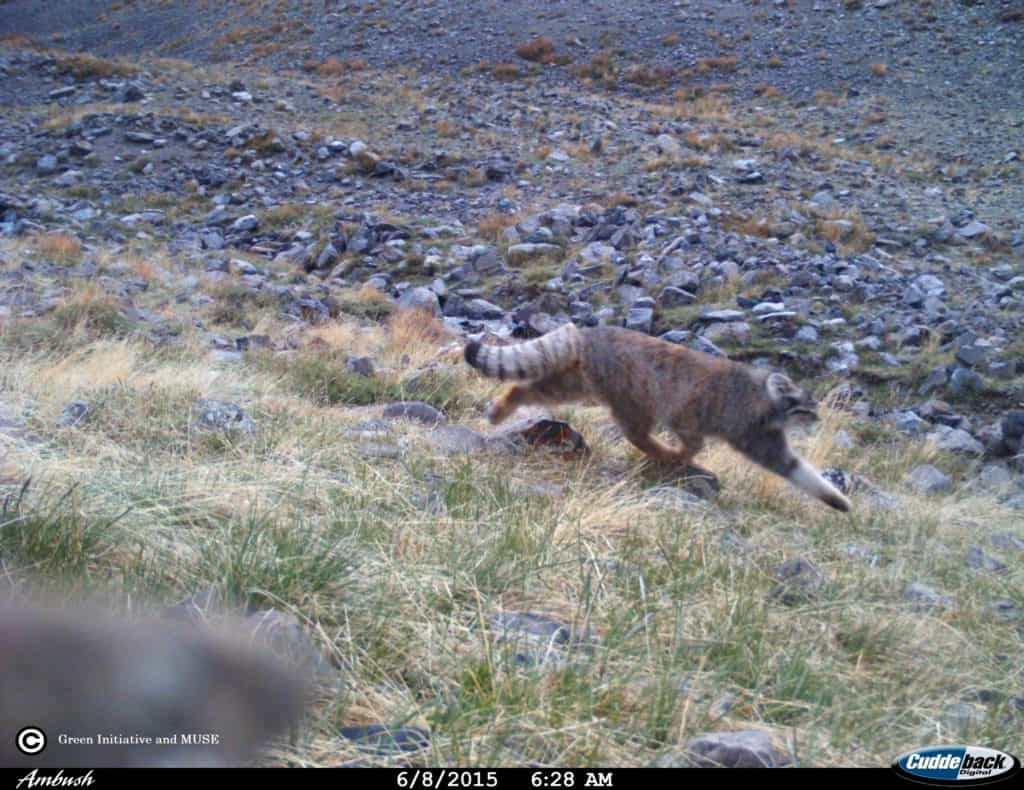
Pallas’s cats prefer areas with vegetation, many of which are similar to the areas preferred by livestock.
Credit: University of Florence/Museo delle scienze di Trento/Wildlife Initiative
Pallas’s cats also may face more danger in some areas than others. Sheep and goats are found more often in areas around the semi-nomadic, tent-like yurts where shepherds live. Greco said shepherds may also use rat poisons around their yurts, which can add an additional threat to Pallas’s cats. The cats may have less rat prey or can even be killed by secondary poisoning when they eat poisoned rodents.
Some Mongolians may also poach Pallas’s cats. Sometimes this happens by accident, when hunters mistake the cats for marmots, which they hunt for food. Other times they kill them on purpose, subsequently using the cats’ fur or its some of their parts in traditional medicine, though this practice has declined in recent years.
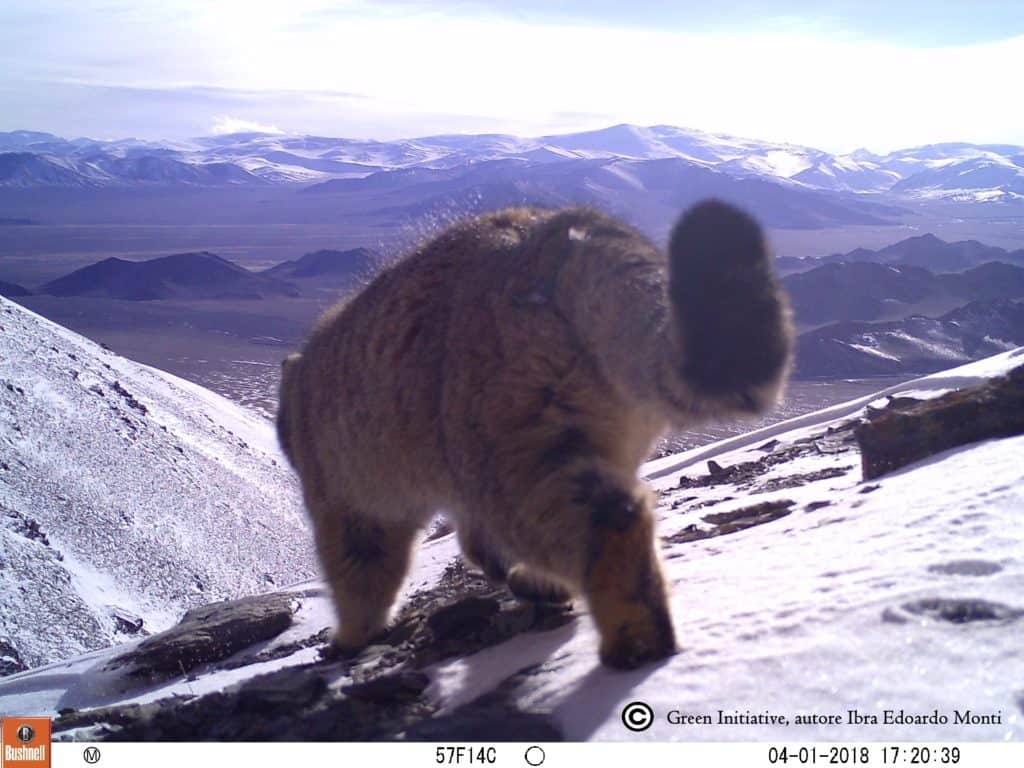
Credit: University of Florence/Museo delle scienze di Trento/Wildlife Initiative
Grazing, in general, can also be a problem for the cats, the research showed. Pallas’s cats prefer to stay in the grasslands where the livestock also tend to graze. But other studies have shown that livestock can often overgraze in some areas.
“This can actually create some indirect damage for the cats,” Greco said.
This article features research that was published in a TWS peer-reviewed journal. Individual online access to all TWS journal articles is a benefit of membership. Join TWS now to read the latest in wildlife research.
Header Image:
Trail cameras set up in Mongolia captured many images of Pallas’s cats.
Credit: University of Florence/Museo delle scienze di Trento/Wildlife Initiative



